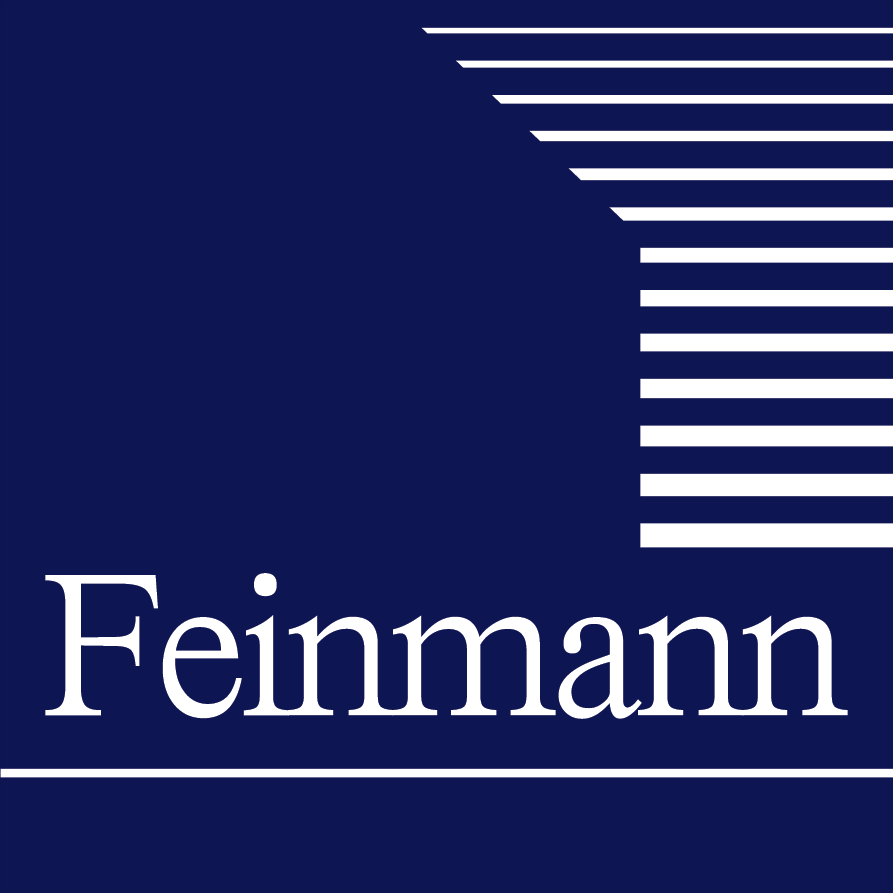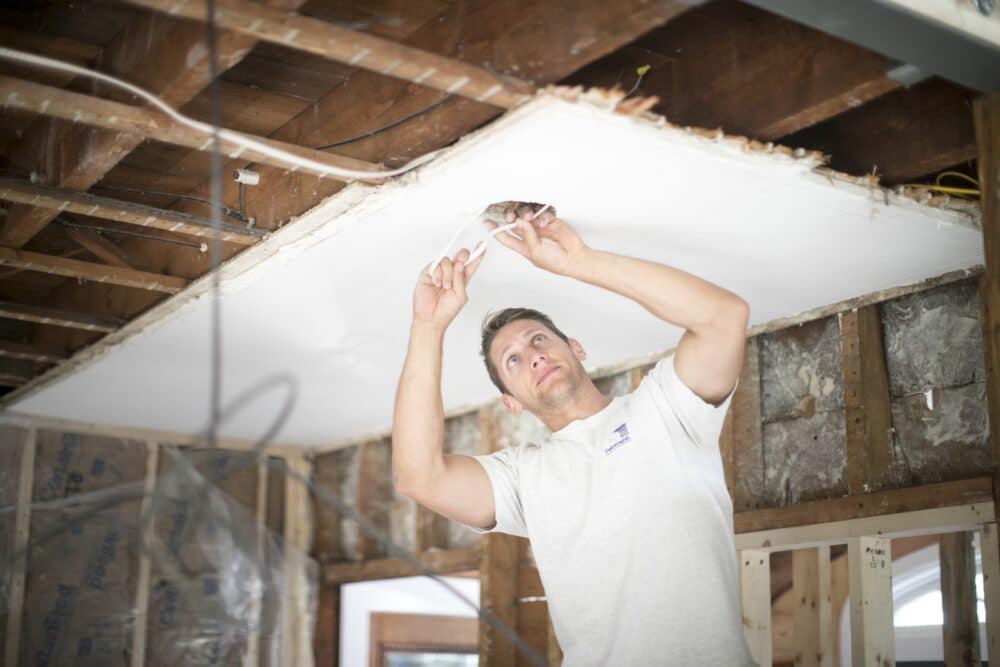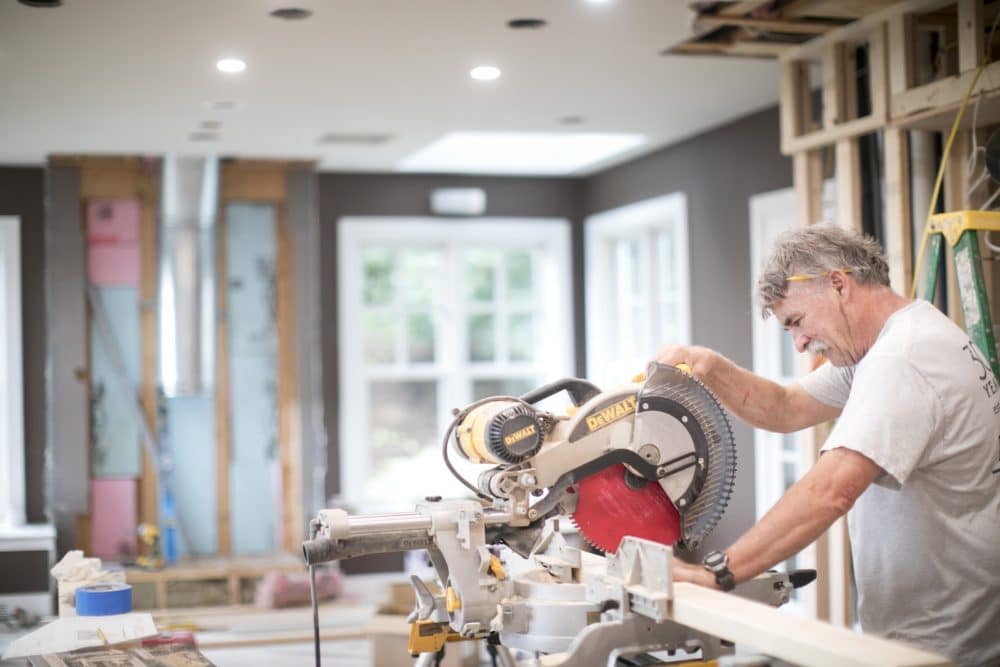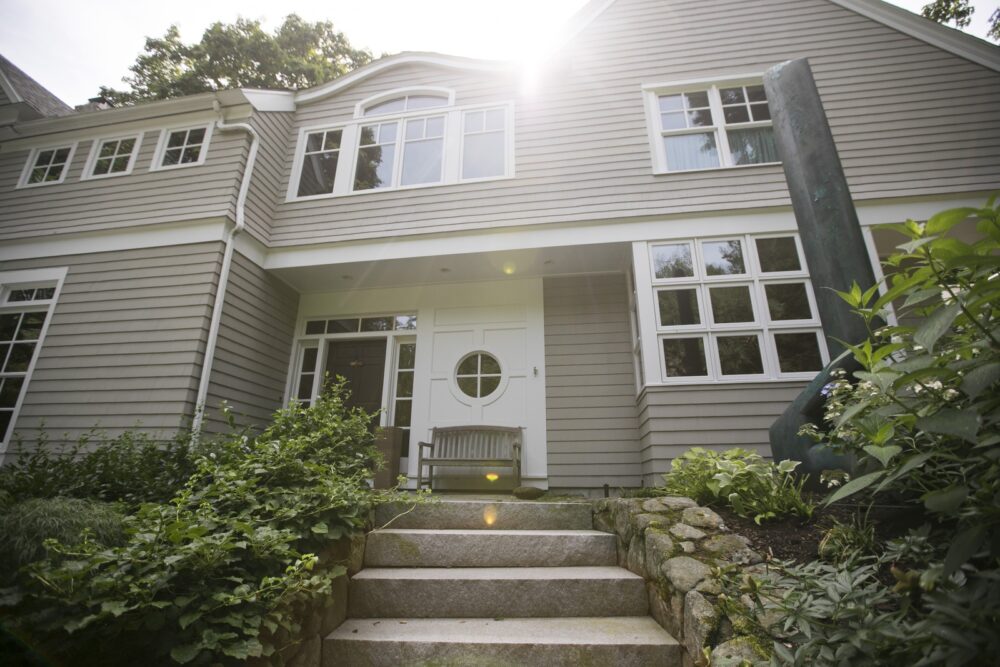With production costs skyrocketing over the past several years, many people anxiously await construction market trends. The question ”will construction costs go down in 2025?” is one we hear more and more. Past trends have indicated differences in pricing from design to production. However, past data isn’t holding up to market trends. Although we have yet to learn all the information, let’s dive into current construction costs and provide more context to help you make the best decision.
Why Are Construction Costs So High Right Now?
According to industry reports, construction costs remain elevated due to multiple economic factors. Recent U.S. tariffs on imported materials, including a 25% tariff on lumber, steel, and aluminum, have driven up material prices (Politico). Supply chain disruptions and a limited labor force are further contributing to high costs (CoreLogic). Additionally, while inflation has moderated slightly, interest rates continue to impact financing for construction projects, adding another layer of expense for homeowners and developers (ENR).
Will construction costs go down in 2025?
While some construction costs may stabilize, overall expenses are expected to rise in 2025. Industry forecasts indicate that construction costs will increase between 5% and 7% this year (Home Depot). Here’s why:
- Material Costs: The cost of key construction materials remains volatile. Tariffs have pushed lumber and steel prices higher, though some materials, like plywood, have seen minor declines.
- Labor Market Challenges: Labor shortages persist, particularly in urban areas like Boston, where demand for skilled workers keeps wages high (JLL).
- Rising Demand for Housing: Massachusetts continues to experience a housing shortage, keeping construction demand strong despite rising costs (Can ).
2025 Outlook
For homeowners and builders in Massachusetts, the cost outlook presents both challenges and opportunities. Key factors shaping construction expenses in 2025 include:
- Material Price Trends: The cost of construction materials may fluctuate throughout the year. While certain materials might stabilize, others, such as steel and concrete, are expected to see price increases (CoreLogic).
- Labor Market Conditions: The ongoing labor shortage is a critical issue. Wages for skilled tradespeople, such as electricians and plumbers, will remain high, further contributing to overall construction costs (Kelly Crowley Realty).
- Regulatory and Economic Influences: Federal interest rate decisions and new government policies will play a significant role in determining the affordability of construction projects (ENR).
Factors Affecting Renovation and Construction Costs
If you are worried about renovation and construction costs, remember that your situation will be based on individualized factors. Some of the main considerations include:
Size of the property
The bigger the property, the more time and money you must invest in construction costs. Bear this in mind if you’re looking to build or extend a property.
Age and condition of the property
If you are planning a home renovation, consider the age and condition of the property. Construction costs will inevitably be far more expensive in old properties that require significant upgrades.
Complexity of renovation
Of course, you must also consider how complex your renovation or building process will be.
Quality of materials, fixtures, and finishings
What is the level of quality you require for your building or renovation? With expensive construction costs surging, you may need to cut back on your wishlist.
Decoration
Another essential element in your renovation or building process is decorating—factor decoration expenses into your budget to avoid disappointment.
Where you live
Location is a significant budget factor to consider, particularly when you are building a home. If you are still trying to decide where to live, consider making a price comparison on which area to choose for the optimal price point and access to amenities.
Construction Costs to Consider
When building a new home, you should also consider your construction costs from project start to end. To summarize, various project phases will include:
Pre-construction build phase
This phase includes site survey, demolition, clearance, utilities, and services. Estimated costs vary depending on factors such as the location and size of the property.
Substructure
This includes foundations, drains, slab bases, and insulation.
Superstructure
This phase includes internal and external walls, roof, insulation, and floors. With internal fittings and finishings, the superstructure is one of the most expensive features of your house-build project.
External structure
Considerations in this phase include doors and glazing, roof tiles, gutters, and downpipe cladding.
Internal fittings and finishes
Internal fittings and finishes include electrics, plumbing, heating, painting and decorating, and flooring. These aspects can quickly spiral in price, so being particularly careful of budgeting is essential.
Project Scope Creep
Scope creep can have a more significant impact on construction costs than inflation. Economic trends may be hard to predict, but a design-build firm can keep its project scope in check and communicate well with clients. That’s why taking charge of what you can control in uncertain times is essential. A great design and construction team will define project boundaries, leading to expected timelines and costs.
Many firms fail to clearly define project scope, leaving both the contractor and client in a gray area once construction begins. Often, the client is unaware that requests for additional features or upgrades will increase costs, resulting in up to 50% budget growth when compounded with inflation. This demonstrates the importance of comprehensive project planning and communication to avoid confusion and unexpected expenses.
Conclusion
The question of whether construction costs will go down in 2025 does not have a simple answer. While certain material costs may stabilize, other factors—such as tariffs, labor shortages, and sustained demand—suggest overall costs will remain high or increase further. However, careful planning, cost-efficient design choices, and working with a reputable design-build team can help homeowners manage expenses and navigate these challenges effectively.
If you’re planning a home renovation or new construction project, staying informed about market trends and working with experts can make all the difference. Contact our award-winning design-build team to explore how we can help bring your vision to life while managing costs effectively in 2025.




